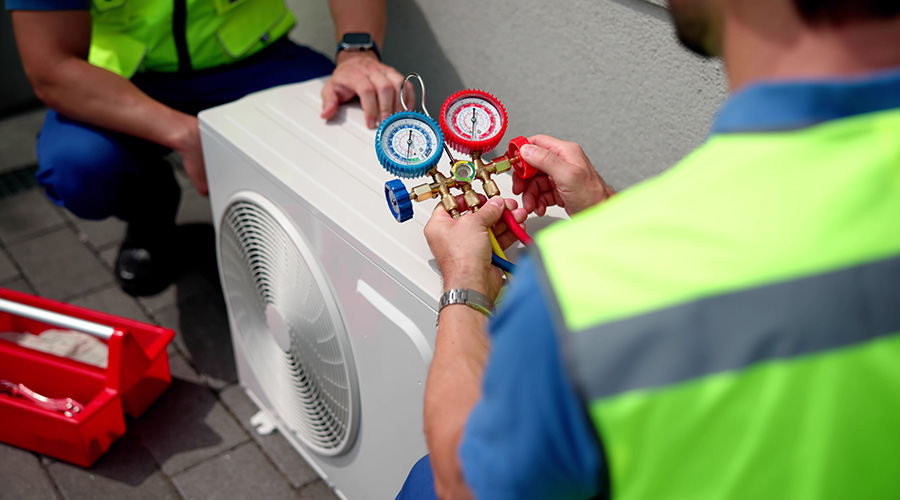Traditionally, healthcare organizations have used manufacturer recommendations or some form of preventive or scheduled maintenance based on regulatory or equipment needs to maintain their equipment. The challenge for managers is that these approaches do not address a system’s need to be managed for minimum failure as opposed to the failure of a system’s components.
One potential strategy is reliability-centered maintenance (RCM), according to Health Facilities Management. The organizational-level strategy can enhance the maintenance program by following four key principles: preserve system function; identify failure modes that can impact system function; prioritize the failure modes; and choose suitable and effective tasks to control the failure modes.
With RCM, after determining the organization’s most critical assets and functions, one can optimize cost-effective maintenance approaches to improve functional reliability and availability of equipment while also decreasing system failures. That can result in saving more time and money otherwise spent on maintenance and repairs that other methodologies incur, including preventive maintenance and reactive maintenance.
RCM yields several advantages, from identifying potential hidden faults or failures and decreasing maintenance expenses to minimizing downtime and increasing staff satisfaction. Perhaps RCM’s biggest plus is the development of measurable outcomes that reduce risk and drive improved efficiencies in system operation and team performance.

 State of the Facilities Management Industry in 2025
State of the Facilities Management Industry in 2025 City of Hope to Open New Cancer Specialty Hospital in California
City of Hope to Open New Cancer Specialty Hospital in California Montefiore Einstein Opening New Inpatient Center for Youth in the Bronx
Montefiore Einstein Opening New Inpatient Center for Youth in the Bronx Skill Stacking: How Micro-Credentials Are Reshaping Trades
Skill Stacking: How Micro-Credentials Are Reshaping Trades Prima Medicine Opens New Location in Tysons, Virginia
Prima Medicine Opens New Location in Tysons, Virginia